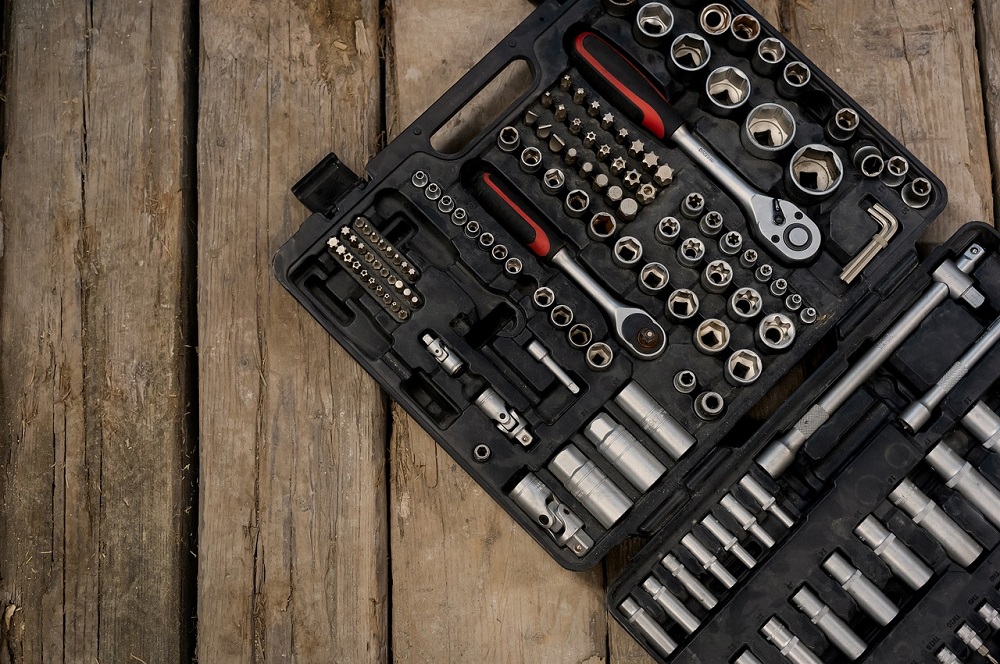Hammers are one of the most essential and versatile tools in any toolbox. From woodworking to metalwork, construction to demolition, hammers have been a staple in various industries for centuries. With so many types of hammers available, it can be overwhelming to know which one is best suited for your specific needs. In this comprehensive guide, we will explore the different types of hammers, their uses, and tips for choosing the right hammer for your project.
What Is A Hammer?
A hammer is a hand tool consisting of a weighted head attached to a handle, typically made of wood, metal, or fiberglass. The primary purpose of a hammer is to deliver a forceful impact on an object, making it an essential tool for driving nails, breaking materials, and shaping metal. Hammers come in various shapes, sizes, and materials, each designed for specific tasks and industries.
Types Of Hammers And Their Uses
The claw hammer is the most common type of hammer and is likely what comes to mind when you think of a hammer. It features a flat head for driving nails and a curved claw for removing nails or prying materials apart. Claw hammers are perfect for general carpentry, woodworking, and DIY projects.
Also known as a machinist’s or engineer’s hammer, the ball peen hammer has a flat face for striking and a rounded “peen” on the other side for shaping metal and closing rivets. This hammer is ideal for metalworking, automotive repairs, and general maintenance tasks.
Sledgehammers are heavy-duty hammers with a large, flat head designed for demolition and breaking materials like concrete, brick, and stone. They are commonly used in construction, landscaping, and masonry work.
Framing hammers are similar to claw hammers but have a longer handle and heavier head, making them perfect for framing and other heavy-duty construction tasks. The head usually features a waffle-like pattern to grip nails better and reduce the chance of slipping.
A rubber mallet has a soft rubber head that delivers a gentle impact, making it perfect for tapping materials into place without damaging them. Rubber mallets are commonly used in woodworking, upholstery, and assembling furniture.
Dead blow hammers have a hollow head filled with sand or lead shot, which absorbs the impact and reduces rebound. These hammers are perfect for automotive repairs, sheet metal work, and other tasks requiring a controlled force without damaging surfaces.
Tack hammers, also known as upholstery hammers, have a small, lightweight head with a magnetic end for holding tacks or nails. They are primarily used for upholstery work and other delicate tasks.
Blacksmith hammers are designed for shaping and forging hot metal in blacksmithing and farrier work. They come in various shapes and sizes, with the most common being the cross-peen and rounding hammer.
Hammer Materials And Handles
Hammer heads are typically made from steel, brass, or rubber, depending on their intended use. Steel is the most common and durable material, while brass and rubber are used for non-marring tasks.
Handles can be made from wood, metal, or fiberglass. Wooden handles offer a traditional feel and shock absorption but can break under heavy use. Metal handles provide durability but can be uncomfortable and transfer more shock to the user. Fiberglass handles offer a balance of durability and shock absorption, making them a popular choice.
How To Choose The Right Hammer For Your Project

When choosing a hammer, consider the specific tasks you’ll be performing and the materials you’ll be working with. For general carpentry and DIY projects, a claw hammer is a versatile choice. For metalworking or automotive repairs, a ball peen hammer is essential. Heavy-duty tasks like demolition and framing require a sledgehammer or framing hammer, while delicate tasks like upholstery or assembling furniture call for a tack hammer or rubber mallet.
Hammer Maintenance And Safety Tips
Proper hammer maintenance and safety are crucial for prolonging the life of your hammer and preventing accidents. Always inspect your hammer for damage before use and replace any damaged or worn parts. Store your hammer in a dry, cool place to prevent rust and handle damage. When using a hammer, wear safety goggles to protect your eyes from flying debris and ensure you have a firm grip on the handle to prevent slipping.
Conclusion
Hammers are essential tools for various industries, and choosing the right hammer for your project can make all the difference in efficiency and results. By understanding the different types of hammers, their uses, and how to select the appropriate hammer for your needs, you can tackle any project with confidence. Don’t forget to maintain your hammer properly and practice safety measures to ensure a long-lasting and reliable tool.
